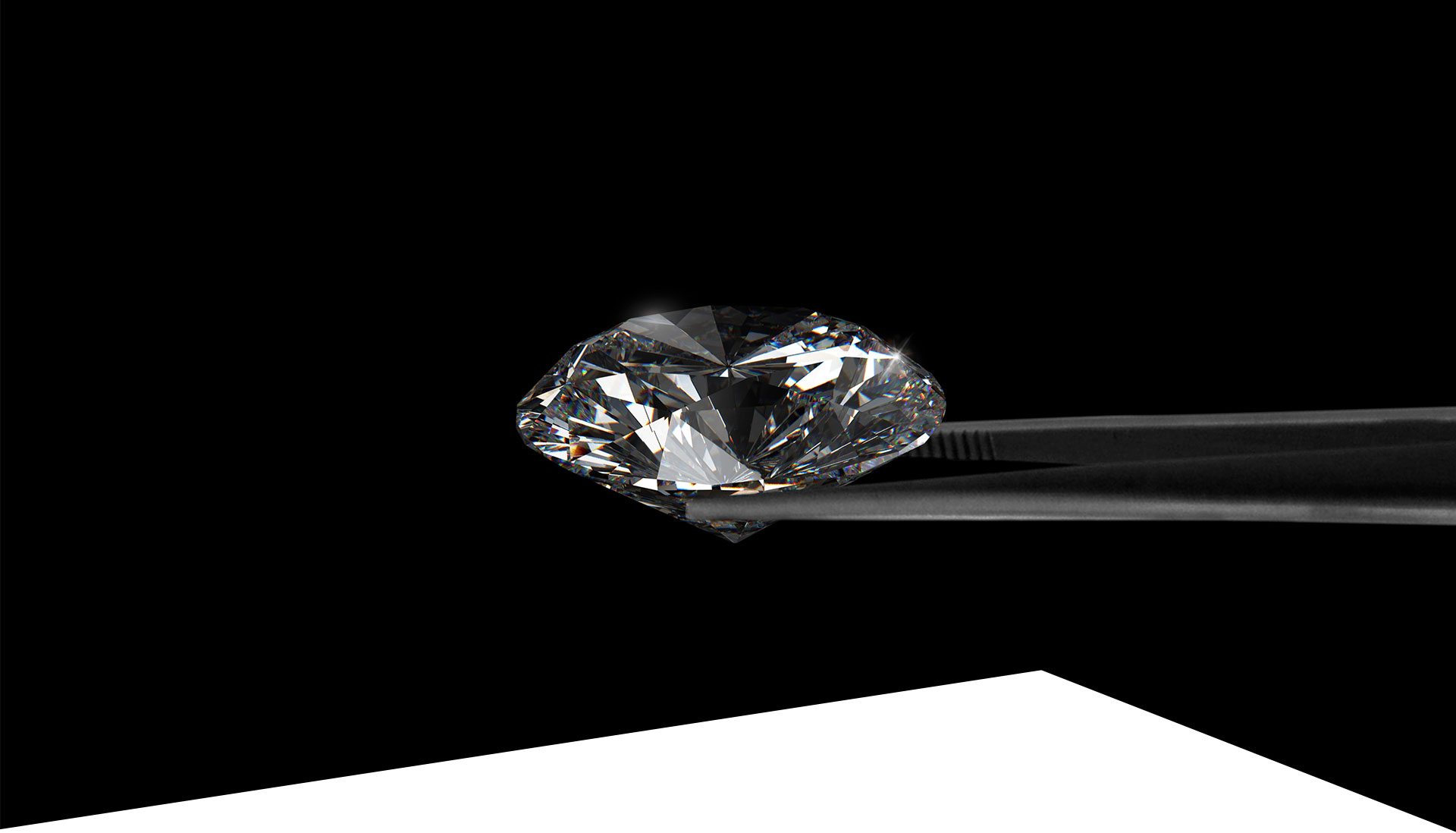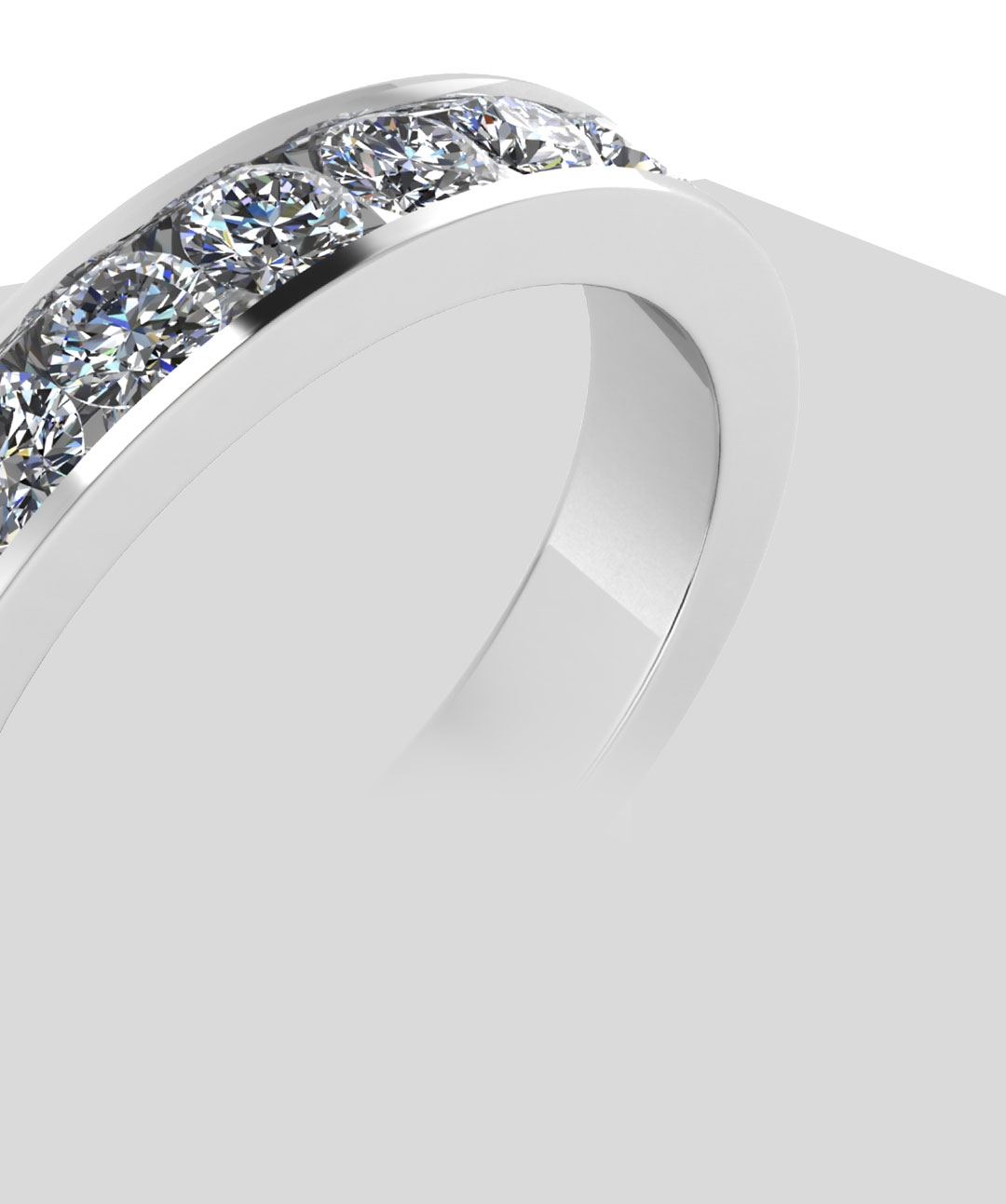The IDL Diamond Report offers a complete grading details of loos diamond, including the profile with measurements, clarity grade, color grade and plotting diagram. The IDL Diamond Report provides cut, polish, symmetry, and is available for all shapes of diamonds.
In IDL Laboratory each diamond is scientifically analyzed by well qualified gemologist who use their experience in combination with state-of-the-art equipment, enabled with security features to produce an accurate description of its characteristics.
IDL’s gemological reports have different formats and customised design to serve a wide range of consumer demand in international markets
In IDL Labs Every diamond is tested to identify whether it is natural, Treated, or Lab Grown Diamond. If it is found to be laboratory grown, under disclosed conditions, we will issue a Laboratory Grown Diamond Grading Report, with Full 4Cs assessment and plotted clarity diagram. The laboratory-grown diamond’s girdle is laser inscribed with the term “Laboratory-Grown” and its IDL report number.
Each laboratory grown diamond is laser inscribed with “LAB GROWN” and report number. The presence of the laser inscription is mentioned on the Grading Report, including a reference number and statement that the diamond has been laboratory grown.
The Colored Gemstone Report identifies and evaluates a broad variety of gemstones, including: ruby, alexandrite, amber, amethyst, aquamarine, citrine, emerald, garnet, jadeite, kunzite, opal, peridot, sapphire, spinel, tanzanite, topaz, tourmaline, and turquoise.
The report includes descriptions of carat weight, color, cut (shape and style), fluorescence, gemstone identification, and measurements. And it can denote unique characteristics such as absorption spectra, identifying characteristics, refractive index, transparency, and treatments.
Each IDL Colored Gemstone Certificate clearly states whether the stone is natural or synthetic. The certificate identifies the variety of the gemstone, its shape, carat weight, cut, color quality, measurements, transparency factor and major optical characteristics. If the stone has undergone any treatment, this information will be listed on the certificate as well. Upon request, the origin of the gemstone may be determined. Colored Gemstone Reports are offered in a variety of styles, and are also available for colored gemstone jewelry.
The IDL Jewelry Report is used to document jewelry pieces and identify the characteristics of the precious stones featured in each piece. While jewelry is mostly gifted to express love or celebrate a special occasion, Gemstone studded jewelry is also used for the astrological values so as to bring good luck to the wearer. Moreover, it is a considered a major investment of money and also of the time spent for selecting the correct one.
While the purity of metal in the Jewelry, such as Gold Karatage can easily be measured, it is the grading of the Gemstones which represent the major value of the Jewelry. It is only an authentic and impartial third party grading which can assure the consumer of the correct value of the diamond gemstones and jewellery.
We at IDL Labs, provide Jewelry reports which are a highly respected and impartial assessment of the diamond’s authenticity and grading in its final form as part of the Jewelry. Each Gemstone & Diamond in a piece of Jewelry is checked individually and the grading is reported as the average of all the gemstones diamonds present in the Jewelry.
Screening is the process by which natural diamonds are separated from lab- grown diamonds. Since it’s impossible to identify a diamond’s growth origin by sight alone, screening equipment is the surest way to determine whether a diamond is natural or lab-grown. Furthermore, screening is distinctly different from detection (or testing), which involves positive identification of a diamond, lab-grown diamond, or simulant.
The Our Small Diamond Screening Service uses our state-of-the-art technology and some of the world’s most future-proof instruments for screening diamonds in the 0.0013ct to 0.20ct size range.
IDL Labs offers small sorting services for diamond parcels which includes screening and detection for laboratory grown diamonds or diamond simulants.
Your sorted and screened parcels may be returned in tamperproof sealed bags. we seal the diamonds packet for security and protection purposes and enclose a summary of the diamond’s report.
Sorting diamonds is truly both a science and an art form. The different categories of color and clarity can be considered a science, while the art is using the human eye and making judgement calls about whether diamonds are VS1 or VS2, etc. To enhance the human eye’s abilities, we use a special tool called a sortascope during our diamond sorting process.
Identification of laboratory-grown diamonds, ensuring disclosure through laser inscription and digital-only reports.
Diamonds range from colourless through to the whole spectrum. Almost all diamonds – 98-99% in parenthesis– have traces of nitrogen in their crystal structure. This causes the absorption of blue light, which imparts some degree of yellow tint on the diamond.
Colourless diamonds are those with insignificant amounts of nitrogen. These are graded at the top of the scale. Colour grades for these diamonds range from Colourless D through to Z and on to Fancy Vivid Yellow.
Natural diamonds can also occur in every shade of the rainbow. Known as Fancy Colours, these are graded according to their tone and saturation.
The Our Small Diamond Screening Service uses our state-of-the-art technology .
Science and art combine to make the most of a diamond through it’s cut. The right proportions, finish and polish create and increase internal reflections to maximise a diamond’s sparkle and enhance its impact.
The aim is to set off a diamond’s three key features: brilliance, fire and scintillation. Brilliance refers to brightness, or the return of white light due to internal and external reflections. Fire is the dispersion of white light into its component rainbow colours. Scintillation is a diamond’s distinctive sparkle, the sum of flashes of light both reflected and refracted as either the diamond or the light source moves.
With a clear understanding of the dimensions and angles of a diamond’s facets, the cutter combines individual skill with the optical properties of the diamond itself to bring it to life. When assessing the cut of a diamond, a grader will focus on the relative proportions of four key areas: the table (the top flat facet), the crown (upperside) the girdle (the edge around the diamond) and the pavilion (the underside). Our graders determine a diamond’s overall cut grade by taking into account its proportions, measurements, polish and symmetry.


International Diamond Laboratory is an independent international laboratory & research organization specializing in diamond, gemstone, jewellery identification, quality analysis and evaluation.


In IDL Labs Every diamond is tested to identify whether it is natural, Treated, or Lab Grown Diamond. If it is found to be laboratory grown, under disclosed conditions, we will issue a Laboratory Grown Diamond Grading Report, with Full 4Cs assessment and plotted clarity diagram. The laboratory-grown diamond’s girdle is laser inscribed with the term “Laboratory-Grown” and its IDL report number.

Copyright 2025 IDLLAB Org
Reach Us
6/1778, Mahindar Pura Shanti Main Rd, Galemandi, Haripura, Surat, Gujarat 395003
info@idllab.org +91 9925088897